OLED technology has revolutionized the way we experience visual displays, offering unparalleled picture quality and vibrant colors that captivate the viewer. As the demand for OLED screens continues to grow, several leading tech brands have emerged as frontrunners in delivering exceptional OLED products. Whether you're in the market for a new television, smartphone, or laptop, choosing the right brand can make all the difference in your viewing experience. Discover the top brands that have mastered the art of OLED technology in the sections below.
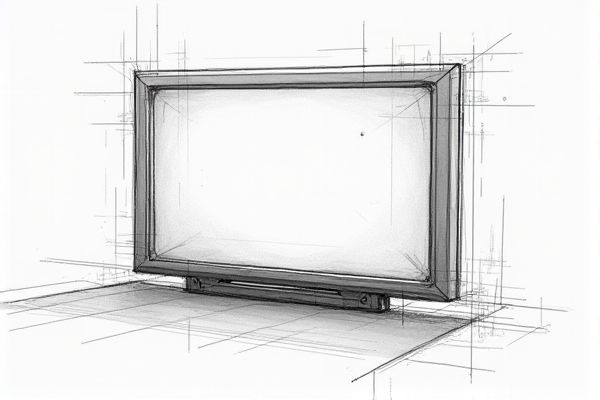
Illustration of oled
Best brands of oled in 2025
LG
LG stands as a paramount leader in the OLED TV market, dominating the sector for 11 consecutive years with a significant 53% share of global OLED TV shipments in 2023. The company shipped over 3 million OLED TV units last year, and its ultra-large OLED TVs (75 inches and above) accounted for nearly 60% of the market in this segment. LG's OLED TVs are sold in over 130 countries, with accumulated total shipments exceeding 15 million units since their launch in 2013. The company's latest innovations include wireless OLED TVs with 4K/120Hz transmission solutions and advanced AI processors like the a (Alpha) 11 AI processor. LG's commitment to innovation and excellence has solidified its position as the top choice in the premium TV segment.
Sony
Sony is a leading producer of OLED TVs, having significantly increased its shipments and revenue share in the advanced TV market. In Q4 2020, Sony's shipments rose by 41% year-over-year, and its unit share rebounded to 7%, with the company securing the third spot in revenue share at 11%, its highest since 2018. The OLED TV market, driven by brands like Sony, experienced a revenue share increase to 43% in Q4 2020, up from 35% in Q4 2019 and 37% in Q3 2020. Sony's dedication to sustainability and innovative technology has further cemented its position in the OLED market. The global OLED market, including Sony's contributions, is projected to grow significantly, reaching around USD 344.58 billion by 2034. Learn more about Sony's OLED offerings on their official website.
Samsung
Samsung Electronics has emerged as a significant player in the OLED market, recording 1.01 million unit sales of OLED TVs in 2023, which represents a 22.7% market share. Despite being a relative newcomer, having launched its first OLED TV in 2022, Samsung's OLED TV sales have shown rapid growth. The company is set to expand its OLED TV lineup in 2024, introducing new models such as the 42- and 48-inch OLED TVs, as well as an 83-inch model. Samsung also leads in the premium TV sector, holding a 60.5% market share for TVs priced over $2,500 and a 33.9% share for TVs over 75 inches. This strategic focus on premium and large-screen TVs has solidified Samsung's position as a leader in the global TV market for 18 consecutive years.
Panasonic
Panasonic, although not as prominently featured in the OLED market as leaders like Samsung and LG, is a significant player in the electronic technologies sector, including display innovations. However, the primary drivers of the OLED market are companies like Samsung Electronics, LG Display, and BOE Technology, which dominate the production of AMOLED and OLED displays, particularly in the Asia-Pacific region, which held a 36% share of the OLED market in 2023. Panasonic's contributions are more broadly recognized in various electronic technologies and solutions, with the company operating over 500 consolidated companies worldwide and recording substantial net sales. While Panasonic is not a leading OLED producer, its global presence and innovation in electronic technologies are noteworthy. The OLED market itself is expected to grow significantly, with a CAGR of 19.64% from 2024 to 2032, reaching USD 232.22 billion by 2032.
Philips
Philips is a prominent player in the OLED market, known for its high-quality displays and innovative technologies. In the European premium TV market, Philips holds an 11% sales share of OLED TVs, alongside other major brands like LG and Sony. The company's OLED TVs are part of the growing trend that saw OLEDs capture a 47.7% market share in 2021 and are expected to reach 66% in the near future. Philips' involvement in the OLED sector is driven by the increasing demand for energy-efficient and vibrant display technologies, which are key features of OLED displays. The company's participation in events like the Innovation Festival Campaign further highlights its commitment to advanced display technologies, including OLED and Mini-LED. For more detailed insights, visit their official page on Philips' OLED technology.
Hisense
Hisense has emerged as a leading brand in the global TV market, particularly excelling in the high-end segment. In Q3 2024, Hisense ranked second globally with a 24% market share in the high-end TV market and held the top position in China, according to Counterpoint Research. The company has seen a significant increase in shipments, with a 102% year-on-year growth in Mini LED TVs and a dominant position in the 100-inch TV market, where it ranks as the world's No. 1. Hisense's success is also marked by its leadership in the global laser TV market, with a 53.4% volume share in Q1 2024. The brand's commitment to innovation, including its TriChroma laser TVs and ULED technology, has been pivotal in its market success. To learn more about their cutting-edge technology innovations, visit their official website.
Vizio
Vizio, although not primarily known for OLED TVs, has made significant strides in the smart TV market with its affordable and feature-rich products. However, the brand's focus has been more on LED and smart TV technologies rather than OLED. Vizio's revenue reached $1.68 billion in the last 12 months as of March 31, 2024, and its SmartCast platform has seen a 27% annual increase in advertising revenue. The company's market share in the US TV market was 10.4% last year, but it is expected to grow with Walmart's acquisition. Vizio's TVs, such as the P55-F1, offer excellent picture quality and low input lag, making them popular among consumers.
Sharp
Sharp, a renowned brand in the electronics industry, has made a significant impact with its recent launch of the world's first OLED 4K Roku TVs. These TVs, available in 55" and 65" screen sizes, feature the AQUOS TV sub-branding, known for cutting-edge technology and quality, and include advanced technologies like Dolby Vision IQ and Dolby Atmos. This innovation underscores Sharp's commitment to delivering high-quality display solutions, aligning with the growing demand for OLED technology which is expected to grow at a CAGR of 19.64% from 2024 to 2032. Sharp's reentry into the U.S. TV market with these OLED models highlights the brand's dedication to providing premium viewing experiences. The integration of the Roku experience and operating system further enhances the user experience, making Sharp a notable player in the OLED market. For more information, visit their official news release.
TCL
TCL has emerged as a significant player in the global TV market, particularly in the OLED and premium segments. In Q1 2024, TCL achieved a 12.6% global TV market share, up from 11.9% the previous year, and its revenue share increased to 11.6% from 9.8%. The company has seen an 82.3% year-on-year growth in Mini LED TV shipments and a 58.8% increase in QLED TV shipments in the same period. TCL's aggressive marketing and pricing strategies, along with its technological advancements, have allowed it to challenge the dominance of Samsung and LG in the premium TV market. For more information, visit TCL's official website.
Loewe
Loewe, a luxury TV manufacturer, is enhancing its position in the OLED market by initiating in-house OLED production starting in May 2024, allowing for full control over the production process from design to assembly. This move is part of CEO Aslan Khabliev's strategy to revitalize the brand and expand its global presence since 2019. Loewe will utilize open-cell OLED panels from LG Display, enabling greater customization and integration with their premium audio products. The company is introducing new large-format OLED TVs, including 83-inch, 93-inch, and a planned 99-inch model, equipped with an 8-core processor for high-speed streaming and gaming. For more details on Loewe's innovations and products, visit their official website.











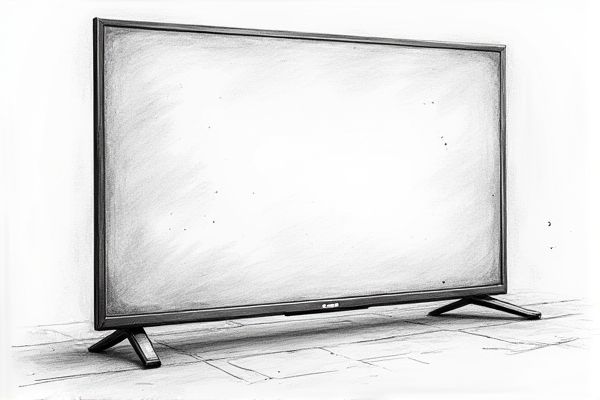
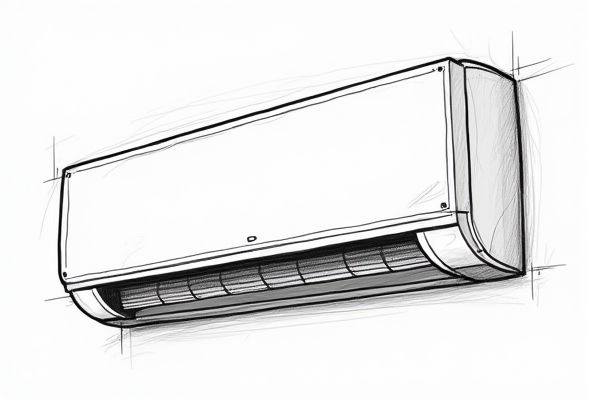
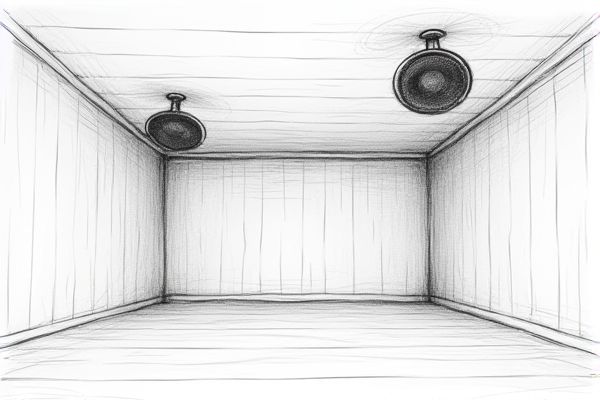
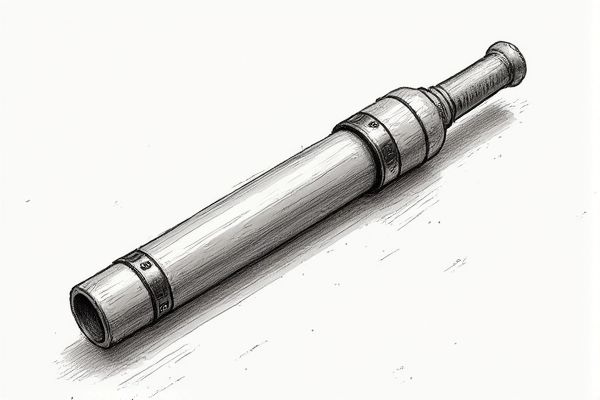
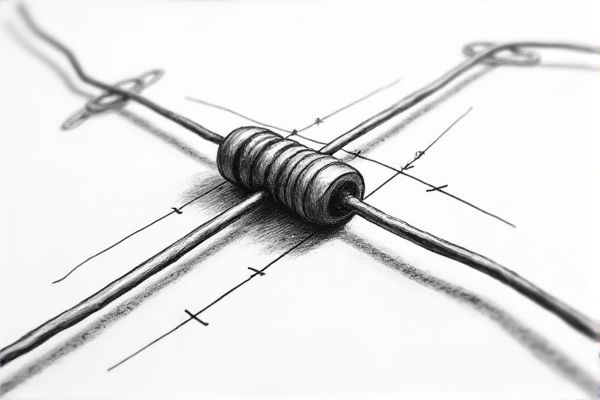
Leave a Reply
Your email address will not be published.